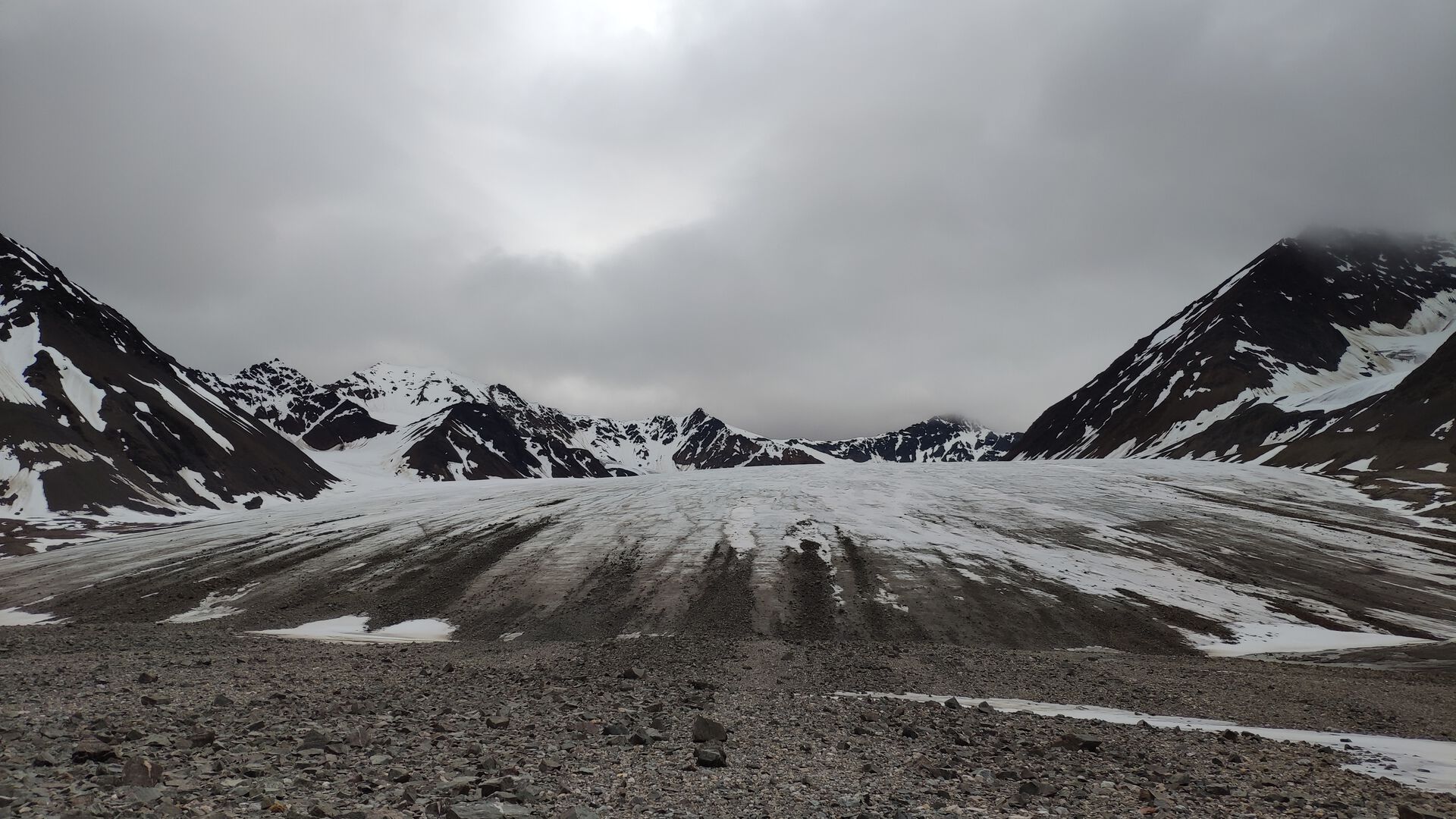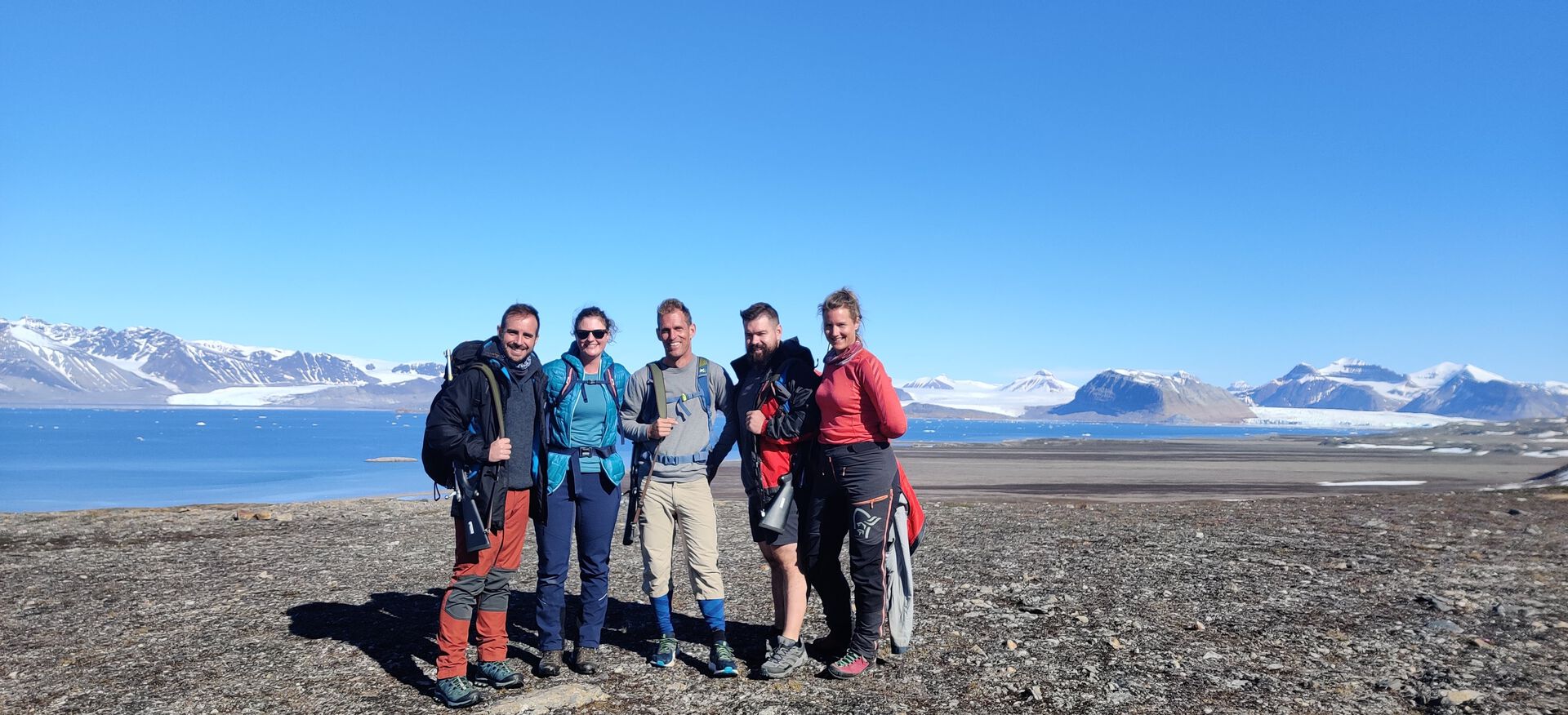A group of researchers associated with the Centre for biogeochemistry in the Anthropocene (CBA), from the departments of Geosciences and of Biosciences, conducted this summer an intensive field campaign in the southwestern part of Kongsfjorden, around Ny-Ålesund (Svalbard). Their goal was to better understand the linkages between hydrology and microbial ecology in inlands water from the high Arctic. This campaign was a further step in improving our knowledge of the role of biodiversity in a changing Arctic, continuing the campaign carried out by our researchers in 2019 (read more here) within the ARCTIC-BIODIVER project.

This time, however, the study of inland waters was not restricted to lakes. Arctic streams were also included to delineate source water contributions and identify the drivers and controls of greenhouse gas evasions. This part of the campaign was lead by Andrea Popp, within her AFG project. Therefore, water samples were collected for environmental DNA (eDNA), water isotopes, hydrochemical characterization and dissolved gases (including CO2, CH4 and N2O). In this way, our researchers aim to bridge the knowledge gap between hydrological and biogeochemical feedback mechanisms occurring in these extreme environments.
In addition, the researchers conducted in situ experiments to investigate the role of nutrient enrichment, usually due to birds’ inputs, in some of these Arctic lakes. This process, known as "guanotrophication", not only modifies biogeochemical cycling but also the structure of the microbial communities that inhabit these fragile ecosystems. These experiments were lead by Nicolas Valiente, as part of his AFG project REFRACT.

